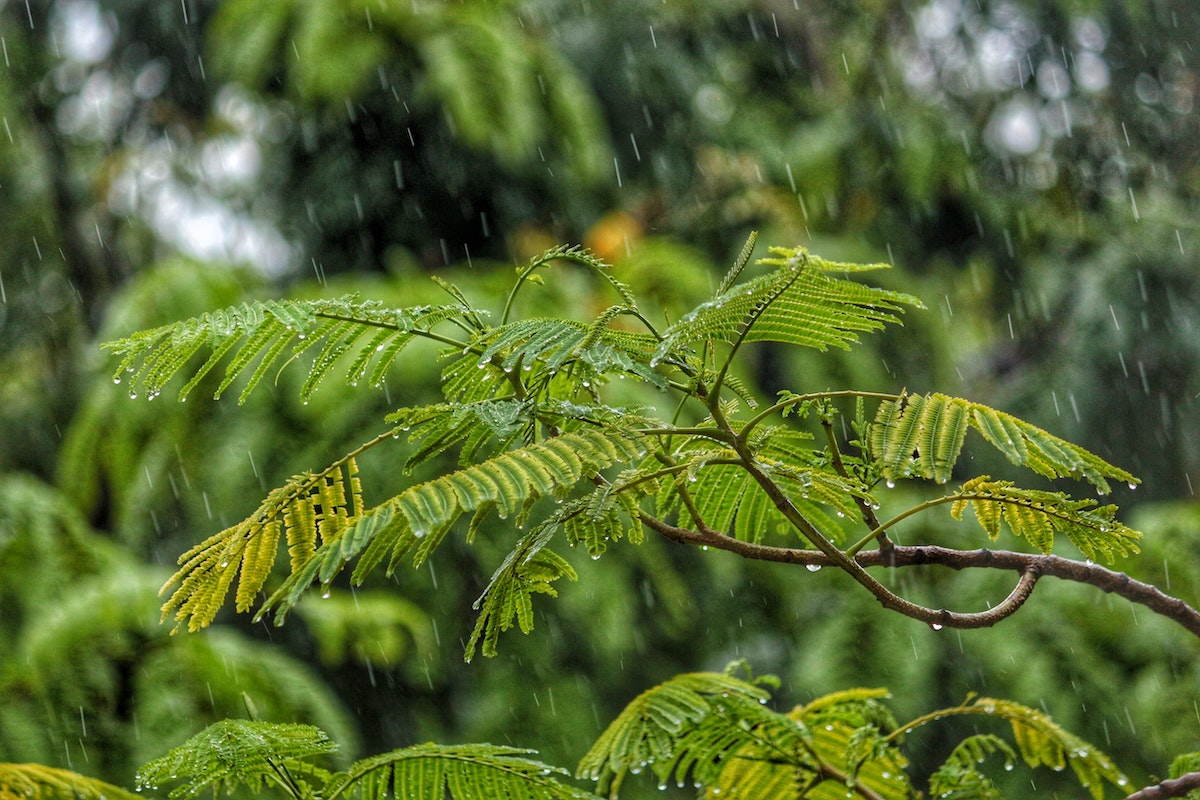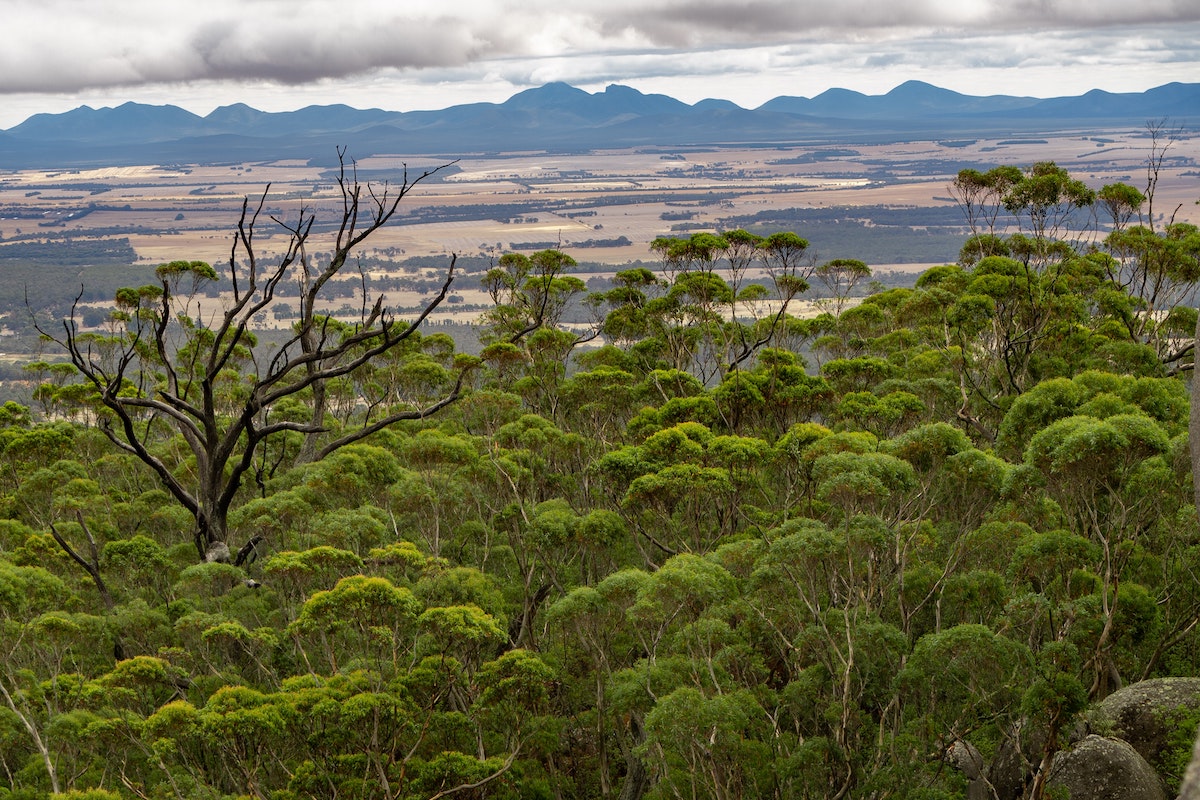-
Research brief: Comparing precipitation measurements over land from in situ, reanalysis and satellites.

Focusing on the land regions around the world, the researchers assessed the representation of annual maximum of daily precipitation (Rx1day) across 22 observational products gridded at 1°x1° resolution.
-
Research brief: How clouds generate waves that affect vertical atmospheric motion

Observational studies over Darwin, Australia, show gravity waves provide a plausible explanation for the patterns of noteworthy variability in mesoscale motions. The findings suggest a two‐way coupling of clouds to their environment
-
Research brief: Future Australian drought could lead to high carbon releases

In this study, CLEX researchers and colleagues analysed the magnitude and sensitivity of vegetation responses to the Millennium Drought with satellite-derived information.
-
Research brief: SSTs create biases in how ENSO appears in CMIP5 models

A new study by CLEX researchers and colleagues shows that CMIP5 models as a group, when forced by observed sea surface temperatures underestimate, these atmospheric feedbacks on average by 23%. This underestimate can be linked to the wrong location at which climate models simulate the most important tropical circulation, called the Walker circulation.
-
Research brief: First observational analysis of SSW events shows winter impacts.

When the “Beast from the East” brought cold temperatures and heavy snowfall to western Europe in February and March 2018, a lot of people were quick to link the extreme weather to a sudden stratospheric warming (SSW) that had recently occurred. CLEX researchers found there was a surprising lack of research on the relationship between…
-
Research brief: Climate models overestimate ecosystem productivity to rainfall

In this study, CLEX researchers and colleagues tested the ability of 10 terrestrial biosphere models to reproduce observed sensitivity of ecosystem productivity to rainfall changes (rainfall exclusion/irrigation) at ten sites across the globe.
-
Research brief: How land and ocean characteristics impact wintertime stationary waves.

This study looks at the average climate in the northern hemisphere with a simplified climate model. It considers the atmospheric effects of mountain ranges (Tibet, Rockies), contrasts between land and ocean surface, and ocean currents at the surface (such as the Gulf Stream) and their impact on winter climate.
-
Research brief: Wind reversals have same surface impacts as sudden stratospheric warming events

Using a simplified climate model, researchers forced the south polar winds to reverse arbitrarily and found that the final impact at the surface is indistinguishable from events where the winds reverse in response to natural phenomena.
-
Research brief: Higher streamflow variability than rainfall creates challenges for hydrologic variability framework.

New research shows, contrary to expectation, the inter-annual variance in evapotranspiration is much smaller than for precipitation, runoff and soil storage. Accounting for hydrologic covariances explains why it is possible for variability in the principal sink (e.g., streamflow) to exceed variability in the source (precipitation).
-
Research brief: How atmospheric thirst creates flash droughts

Drought can unfold on sub-seasonal to seasonal time scales, meaning weeks to months, posing a particular risk to the agricultural sector. This type of drought has recently been recognized and given the name “flash drought”.
